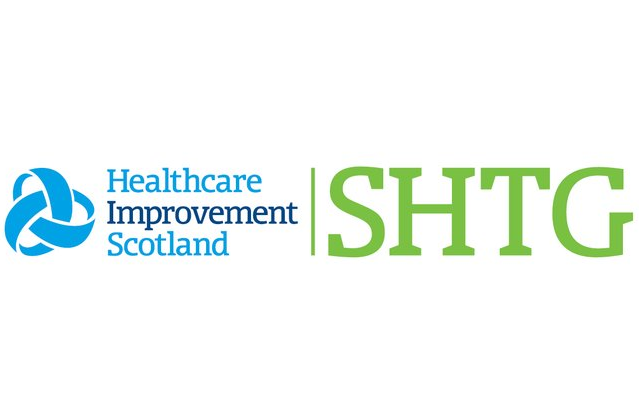- Meta-analyses comparing mesh with non-mesh repair found a statistically significant reduction in hernia recurrence rate and an increased risk of seroma formation with mesh repair.
- Ventral hernia: hernia recurrence relative risk (RR) 0.13, 95% confidence interval (CI) 0.04 to 0.39, p=0.0003.
- Incisional hernia: hernia recurrence RR 0.44, 95% CI 0.31 to 0.62, p<0.00001; seroma RR 2.88, 95% CI 1.52 to 5.42, p<0.001.
- Umbilical hernia: hernia recurrence RR 0.48, 95% CI 0.30 to 0.77, p=0.002; seroma RR 2.37, 95% CI 1.45 to 3.87, p<0.001.
- Inguinal hernia: hernia recurrence RR 0.46, 95% CI 0.26 to 0.80, p=0.0055; seroma RR 1.63, 95% CI 1.03 to 2.59, p=0.038.
- Chronic pain was reported as an outcome in comparisons of mesh and non-mesh repair in patients with an umbilical or inguinal hernia.
- Umbilical hernia: no meta-analyses reported on chronic pain due to high heterogeneity. Of four primary studies reporting chronic pain at median follow-up of 5 years, two found less chronic pain with mesh repair, one found more chronic pain with mesh repair, and one study found no difference in chronic pain between mesh and non-mesh repair.
- Inguinal hernia: one meta-analysis found a statistically significant reduction in the odds of persistent pain 1 year after surgery with mesh repair (odds ratio (OR) 0.60, 95% CI 0.42 to 0.84) while another found no statistically significant differences at median follow-up of 1 year.
- A UK cost-effectiveness study comparing open mesh repair with non-mesh repair of inguinal hernias demonstrated that, over a 5 year time horizon, open mesh repair resulted in fewer people experiencing hernia recurrence or persistent pain, and more time spent performing usual activities, all based on a cumulatively lower cost (mean saving £134, 95% CI £81 to
£192).
- Gaps in the published literature on mesh compared with non-mesh hernia repair were:
- No secondary literature on repair of femoral hernias.
- No secondary literature on chronic pain outcomes in primary ventral or incisional hernia repair.
- No cost-effectiveness evidence on primary ventral, incisional, or umbilical hernias.

